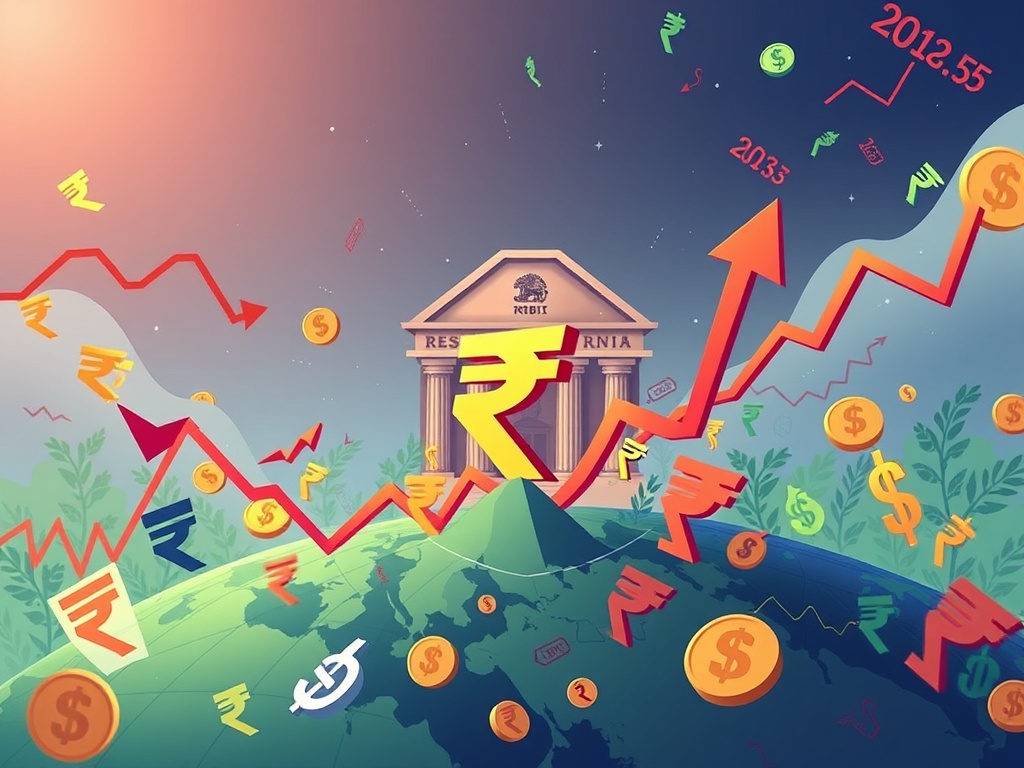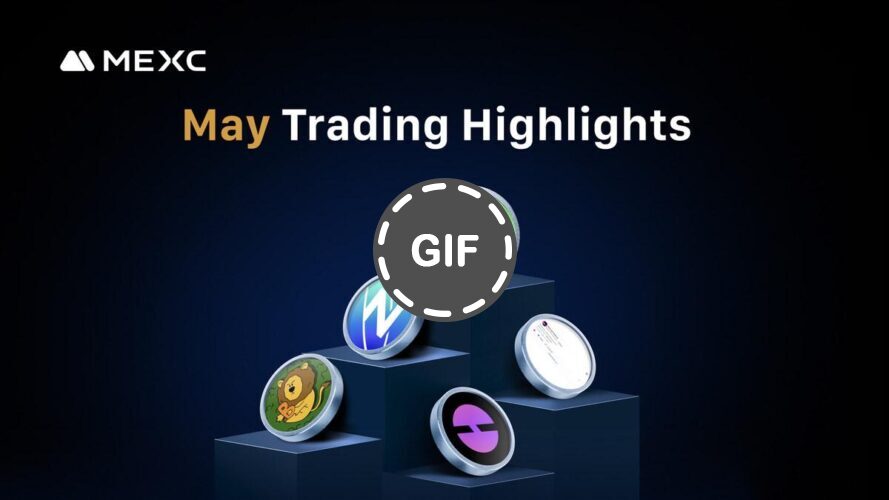BitcoinWorld

Crypto Fear & Greed Index Hits 57: Crucial Shift into Greed Zone
Curious about the mood of the digital asset space? The Crypto Fear & Greed Index is a popular barometer for gauging the prevailing emotion in the cryptocurrency market. Recently, this index has shown a significant uptick, signaling a notable shift in crypto market sentiment. Let’s dive into what this move means and how this fascinating tool works.
Understanding the Crypto Fear & Greed Index
Provided by software development platform Alternative, the Crypto Fear & Greed Index aggregates various market data points to produce a single number between 0 and 100. This number aims to represent the current emotional state of the market participants. A score closer to 0 signifies extreme fear, often seen as a potential buying opportunity by contrarian investors, while a score near 100 indicates extreme greed, which some view as a signal for a potential market correction.
As of June 19, the index registered a value of 57, a five-point increase from the previous day. This upward movement pushed the index out of the ‘Neutral’ territory and firmly into the ‘Greed’ zone. This shift suggests that market participants are becoming more optimistic and confident, potentially driven by recent price movements or positive news flow.
Here’s a simple breakdown of the index zones:
- 0-24: Extreme Fear
- 25-49: Fear
- 50-59: Neutral
- 60-74: Greed
- 75-100: Extreme Greed
What Factors Influence the Crypto Fear & Greed Index?
The index isn’t based on a single metric but is a composite of six key factors, each weighted differently to reflect its perceived impact on crypto market sentiment:
- Volatility (25%): Measures the current volatility and maximum drawdowns of Bitcoin compared to average corresponding values. High volatility, especially downwards, can increase fear.
- Market Momentum/Volume (25%): Analyzes the current volume and market momentum compared to average values over the last 30 and 90 days. High buying volume in a rising market indicates greed.
- Social Media (15%): Scans Twitter for specific posts related to Bitcoin and analyzes their sentiment and engagement rates. A high volume of positive, engaged tweets suggests greed.
- Surveys (15%): (Currently paused by Alternative) This factor previously incorporated weekly sentiment surveys.
- Bitcoin Dominance (10%): Measures Bitcoin’s share of the total market cap. An increasing Bitcoin dominance can indicate fear of altcoins and a flight to the perceived safety of Bitcoin, while decreasing dominance might signal increasing greed for potentially higher altcoin gains.
- Google Trends (10%): Analyzes Google Search data for search queries related to Bitcoin. Rising search interest for terms like “Bitcoin price prediction” or “how to buy Bitcoin” can indicate growing public interest and potentially greed.
By combining these diverse data points, the index attempts to provide a holistic view of the market’s emotional state, moving beyond just price action.
Navigating the ‘Greed’ Zone: What Does it Mean for Trading Psychology?
The index moving into the ‘Greed’ zone is often interpreted as a sign that the market is heating up. Investors are becoming more confident, perhaps even euphoric. This increased confidence can lead to more aggressive buying, potentially driving prices higher in the short term. However, it’s crucial to understand the implications for trading psychology.
Historically, periods of extreme greed have sometimes preceded market pullbacks or corrections. When greed is high, investors might overlook risks, chase hype, and make impulsive decisions based on FOMO (Fear Of Missing Out). This can create a bubble-like environment that is vulnerable to sudden reversals. Therefore, while ‘Greed’ indicates positive momentum, it also serves as a yellow flag, reminding participants to exercise caution and avoid getting swept up in the euphoria.
Conversely, periods of ‘Extreme Fear’ are often associated with market bottoms, as panic selling drives prices down, potentially creating opportunities for those brave enough to buy against the prevailing sentiment. The index essentially quantifies these collective emotional states, offering a counter-perspective to purely fundamental or technical analysis.
Using the Index: Actionable Insights and Crypto Volatility
How can investors and traders use the Crypto Fear & Greed Index? It’s best viewed as a supplementary tool, not a definitive buy or sell signal. Here are some actionable insights:
- Contrarian Indicator: Some traders use the index as a contrarian signal. Extreme fear might suggest a potential buying opportunity (when others are panicking), while extreme greed might suggest a potential selling opportunity (when the market is overheated).
- Sentiment Confirmation: It can help confirm or question your own read on the market. If you feel the market is fearful but the index is high, it prompts further investigation.
- Risk Management: A high ‘Greed’ score can be a reminder to tighten stop losses, reduce leverage, or take some profits, acknowledging the increased risk of a downturn fueled by high crypto volatility.
- Understanding Market Phases: The index helps visualize the cyclical nature of market emotions, from panic and capitulation (fear) to optimism and euphoria (greed).
It’s important to remember that the crypto market, known for its high crypto volatility, can change sentiment rapidly. The index provides a snapshot, but market conditions are constantly evolving.
Limitations and Considerations
While valuable, the Crypto Fear & Greed Index is not without limitations:
- Correlation, Not Causation: The index reflects sentiment, which correlates with price movements, but it doesn’t directly *cause* them. External news, regulations, or technological developments are primary drivers.
- Bitcoin-Centric: While it considers Bitcoin dominance, the underlying factors (volatility, volume, social media, Google Trends) are heavily weighted towards Bitcoin, making it less sensitive to sentiment shifts specific to altcoins.
- Historical Data: The effectiveness of using the index as a contrarian tool is based on historical patterns, which may not always repeat.
- Factor Weighting: The specific weightings assigned to each factor are determined by Alternative and might be debated.
Therefore, always use the index in conjunction with other forms of analysis, including technical analysis, fundamental analysis, and macroeconomic factors.
Conclusion: A Glimpse into Market Psychology
The rise of the Crypto Fear & Greed Index to 57 and its entry into the ‘Greed’ zone marks a significant moment for crypto market sentiment. It reflects increasing optimism among participants, driven by a combination of factors like market momentum, volume, and social buzz. While this indicates positive short-term energy, it also highlights the importance of understanding trading psychology and the inherent crypto volatility.
The index serves as a powerful reminder that emotions play a huge role in financial markets. By tracking fear and greed, it offers investors a unique perspective – a pulse check on the collective mindset. As the market continues to navigate its path, keeping an eye on this index, while employing sound risk management strategies and diverse analysis methods, remains a prudent approach for anyone involved in the dynamic world of cryptocurrencies.
To learn more about the latest crypto market trends, explore our articles on key developments shaping Bitcoin price action.
This post Crypto Fear & Greed Index Hits 57: Crucial Shift into Greed Zone first appeared on BitcoinWorld and is written by Editorial Team





